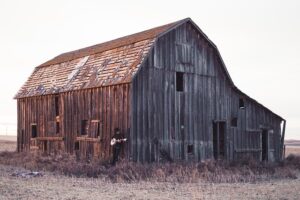In the rural expanse of Wagga NSW, farm shed infrastructure stands as a testament to the region’s commitment to sustainable and efficient agricultural practices. This article delves into the multifaceted role these structures play in supporting the livestock industry, from sheltering animals to streamlining farming operations. We explore design aspects tailored to Wagga’s climate and terrain, the importance of material selection for longevity and environmental impact, and the critical regulations guiding shed construction. Additionally, we highlight cutting-edge technologies enhancing these farm sheds and share insights from successful operations in the region. Join us as we examine how these ubiquitous fixtures of Wagga’s landscape are evolving to meet the challenges of modern farming.
- Understanding the Role of Farm Sheds in Wagga NSW Agriculture
- Design Considerations for Efficient Livestock Sheds in Wagga NSW
- Material Selection: Ensuring Durability and Sustainability in Wagga NSW Farm Sheds
- Regulatory Compliance: Navigating Building Codes and Standards for Livestock Sheds
- Innovative Features: Advanced Technologies in Modern Wagga NSW Farm Sheds
- Case Studies: Successful Livestock Shed Operations in the Wagga Wagga Region
Understanding the Role of Farm Sheds in Wagga NSW Agriculture
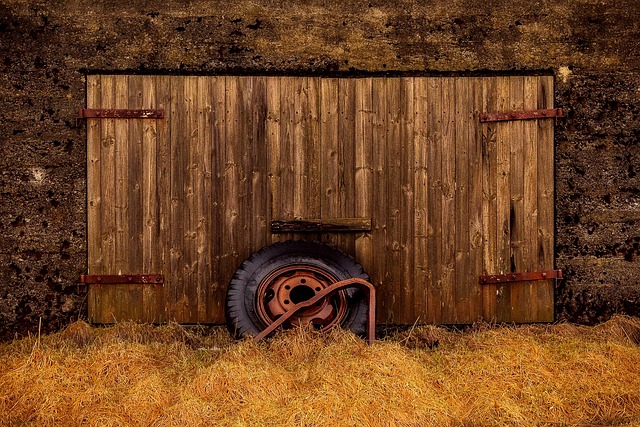
In the Riverina region of New South Wales, farm sheds play a pivotal role in supporting the thriving agriculture sector, particularly in Wagga Wagga. These structures are integral to modern farming operations, offering shelter and storage for livestock, machinery, feed, and other essential agricultural supplies. Farm sheds in Wagga NSW are designed to withstand the harsh climatic conditions of the region, providing a protected environment that optimizes animal welfare and productivity. The versatility of farm sheds allows for their use throughout different stages of livestock rearing, from housing young stock to serving as collection points for mature animals prior to sale or processing. Moreover, these sheds facilitate efficient farming practices by offering space for equipment maintenance, grain drying, and fodder storage, thereby ensuring the continued success and sustainability of local agricultural endeavors.
The design and construction of farm sheds in Wagga NSW are tailored to meet the specific needs of the region’s diverse farming enterprises, from beef and sheep production to dairy operations. These structures not only contribute to operational efficiency but also comply with biosecurity standards to prevent disease transmission. The economic benefits of these farm sheds are manifold, as they protect assets from weather damage, reduce labor costs by enabling mechanized processes, and allow for year-round animal husbandry practices. As a result, farm sheds are a cornerstone of Wagga NSW’s agricultural infrastructure, enhancing the capacity of local producers to meet market demands and adapt to evolving industry requirements.
Design Considerations for Efficient Livestock Sheds in Wagga NSW
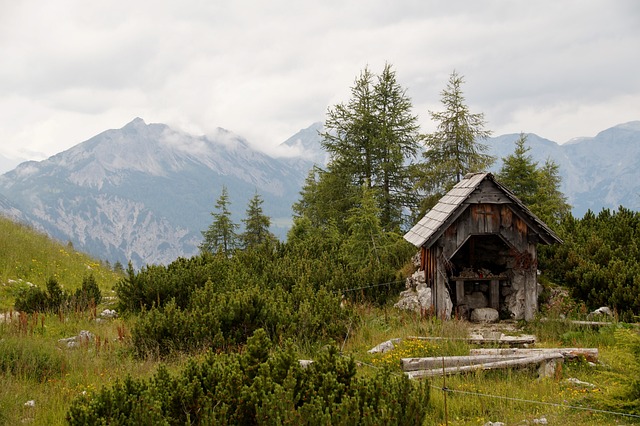
In the Riverina region of New South Wales, farm sheds play a pivotal role in supporting the livestock industry. Designing efficient livestock sheds in Wagga NSW necessitates careful consideration of local climate conditions, animal welfare, and productivity. The sheds must be constructed with robust materials that can withstand the harsh elements, including severe heat in summer and cold winters. Adequate ventilation is crucial to maintain a comfortable environment for the animals, reducing the risk of heat stress and promoting better health outcomes. Natural lighting should be maximized to reduce reliance on artificial lighting, which not only cuts energy costs but also enhances animal well-being by providing a more natural environment.
The layout of the shed should facilitate ease of movement for both humans and animals. This includes wide aisles for machinery access and comfortable resting areas for livestock. The design should also incorporate proper drainage to prevent waterlogging and ensure the health and hygiene of the animals. Additionally, incorporating automated systems for feeding and watering can improve efficiency and reduce labor requirements. When selecting locations for these farm sheds in Wagga NSW, it is important to consider proximity to essential services like water supply and waste management systems, as well as the natural slope of the land to aid in drainage. Thoughtful design and planning are key to creating farm sheds that are not only efficient and cost-effective but also align with the dynamic needs of modern livestock farming in Wagga Wagga.
Material Selection: Ensuring Durability and Sustainability in Wagga NSW Farm Sheds
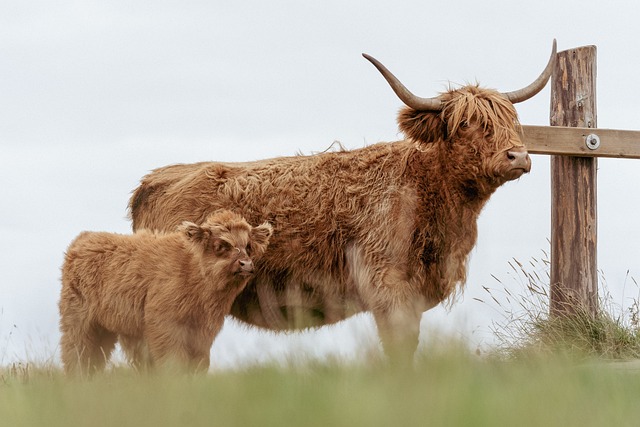
In Wagga Wagga, New South Wales, the robustness and longevity of farm sheds are paramount due to the region’s varied climate and potential for extreme weather events. Material selection plays a critical role in ensuring these structures withstand the test of time while also aligning with sustainable practices. The most durable materials for farm sheds in Wagga NSW typically include high-tensile steel, which offers superior strength and resistance to corrosion compared to traditional galvanized iron. This material not only ensures the longevity of the shed but also reflects a commitment to sustainability by minimizing maintenance requirements and reducing the need for frequent replacements. Additionally, the use of energy-efficient cladding and insulation can further enhance the environmental credentials of these farm sheds, contributing to lower carbon footprints and energy consumption.
Sustainable material choices also extend to the design aspects of farm sheds in Wagga Wagga. Designs that incorporate natural light and ventilation can significantly reduce reliance on artificial lighting and heating, respectively. Moreover, incorporating materials like recycled steel and timber from sustainable sources supports a circular economy and reduces environmental impact. By carefully considering material selection and design, farm sheds in Wagga NSW can provide long-term solutions for local farmers, balancing the demands of practicality with the imperatives of sustainability. This approach not only ensures the protection and shelter of livestock but also aligns with the broader environmental goals of the region’s agricultural sector.
Regulatory Compliance: Navigating Building Codes and Standards for Livestock Sheds
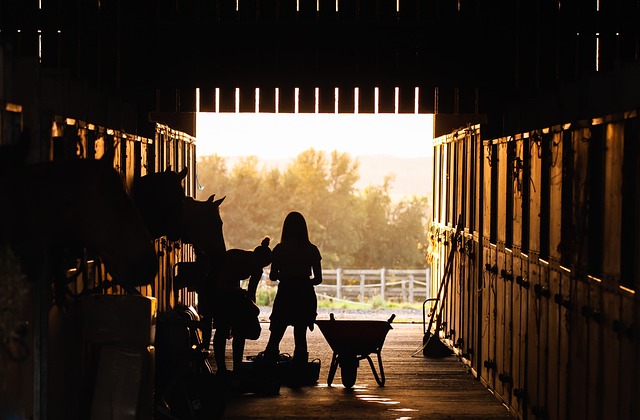
Innovative Features: Advanced Technologies in Modern Wagga NSW Farm Sheds

In recent years, farm sheds in Wagga Wagga, New South Wales have undergone a significant transformation, integrating advanced technologies to enhance productivity, sustainability, and animal welfare. These modern farm sheds are equipped with innovative features such as automated feeding systems, which ensure precise nutrient delivery tailored to individual livestock needs. Additionally, temperature control systems help maintain optimal living conditions for animals, regardless of the external climate, thereby reducing stress and improving health outcomes. The integration of smart farming technologies allows for real-time monitoring and data collection, enabling farmers to make informed decisions regarding stock management, feed requirements, and early disease detection, thus minimizing the risk of outbreaks and ensuring the well-being of the animals.
Moreover, the use of energy-efficient lighting and renewable energy sources in these farm sheds significantly contributes to reducing the carbon footprint associated with traditional farming practices. Solar panels are increasingly being installed on shed rooftops, powering ventilation systems that provide adequate airflow and keep the environment within the shed conducive to animal comfort. These advancements not only streamline operations but also demonstrate a commitment to environmental stewardship, setting a benchmark for sustainable agricultural practices in the region. The adoption of these technologies showcases Wagga Wagga’s position as a forward-thinking hub for modern farming innovation within New South Wales.
Case Studies: Successful Livestock Shed Operations in the Wagga Wagga Region

In the expansive agricultural landscape surrounding Wagga Wagga, New South Wales, several farm shed operations have distinguished themselves as models of efficiency and profitability. These successful livestock sheds leverage modern farm shed designs to provide optimal living conditions for their animals, while also integrating innovative management practices that enhance productivity and sustainability. For instance, local farms have implemented natural ventilation systems within their farm sheds, ensuring a healthier environment for livestock and reducing reliance on energy-intensive cooling methods. Additionally, the strategic placement of these structures has minimized the impact of weather extremes, such as harsh summers and cold winters, thereby maintaining a stable and comfortable climate for the animals year-round.
Furthermore, the adoption of robust farm shed construction materials has significantly contributed to the longevity and resilience of these operations. Utilizing durable materials not only extends the lifespan of the sheds but also ensures that they can withstand the rigorous demands of intensive livestock farming. The integration of advanced feeding and watering systems, along with efficient waste management practices within these farm sheds, has further streamlined operations, leading to reduced costs and improved animal welfare. These case studies from the Wagga Wagga region underscore the importance of investing in high-quality farm shed infrastructure as a cornerstone of successful livestock farming, setting a benchmark for other farms to follow.
